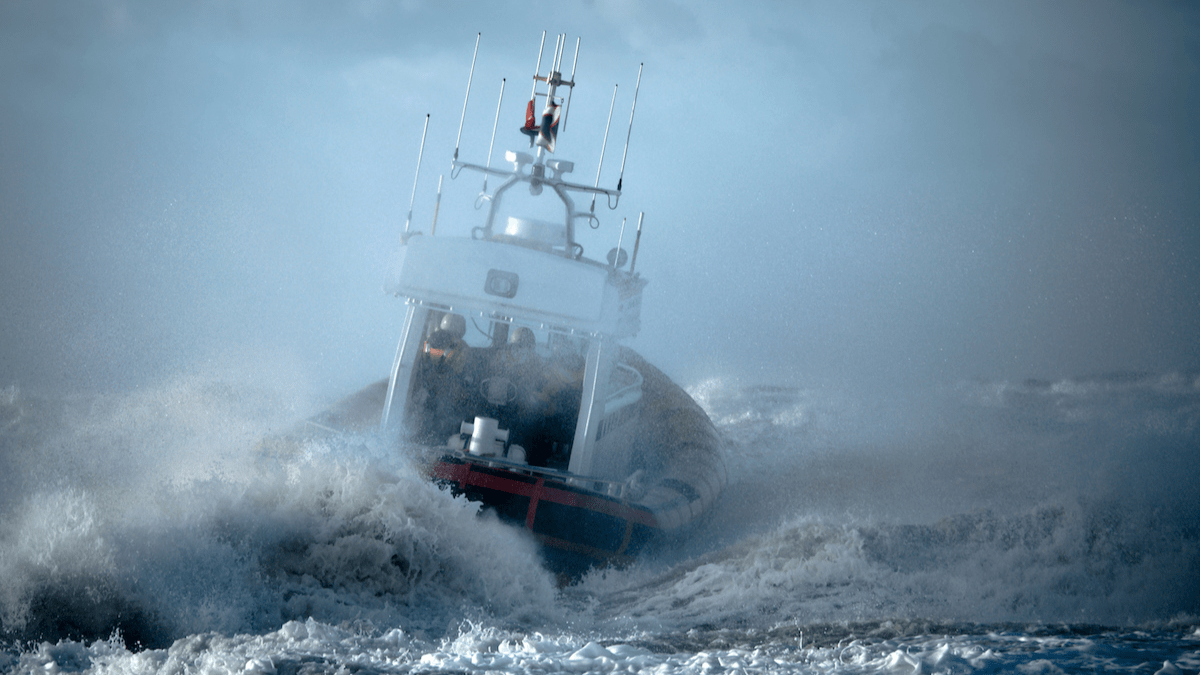written by Matt Andrews
I have used a few blogs to discuss the need for governments to reorganize when facing crisis, adopting flat, fast and flexible structures. There are various versions of such structures but I propose a snowflake mechanism that allows one to have a central coordinating team (like a snowflake nucleus) that interact with organically emergent set of relating teams, all acting, learning and sharing with the full system.
I see this kind of mechanism operating in crisis responses like the 2014 Ebola experience in Liberia and the 2020 Covid-19 experience in Bahrain. These mechanisms allow for what Mark Moore calls the ‘decentralized mobilization of energy’ where the entire governmental system works together to solve the crisis. Some might think this sounds like chaos, but it is the kind of mechanism needed when you face huge tasks fraught with unknowns and need rapid work and learning at scale.
A key question can be raised in designing such mechanism: “Where do political leaders fit in?”
I will address four issues related to this question in the next set of blog posts:
- Who are political leaders and what roles do they play in crises?
- How do political leaders commonly structure their roles?
- How can political leaders structure their roles more effectively? And
- Is it ever appropriate to criticize political leaders during times of crisis?
In this blog I offer some thoughts on the first question and, as usual, ask questions for you to reflect on—thinking about the political leaders in your crisis situation and the roles they play.
Who are ‘political leaders’ and what roles do they play in crises?
There are many sets of political leaders in government. Perhaps the most obvious are the formal politicians who have been elected to run the executive operation of government (the President or Prime Minister, Governor or Mayor) and the formal politicians who have been elected to run the legislative branch of government (the Congress or Parliament or Town Council).
Note that these elected representatives occupy multiple levels of government. And they are not the only ones who matter. Political decisions are also influenced—and sometimes taken—by senior officials; including individuals appointed by politicians and lifelong bureaucrats. Furthermore, political leaders or influences are also found throughout social systems—in religious groupings, educational organizations, media and social media, and more.
Consider this fun video from the old British comedy ‘Yes Minister’ about how national government politicians and bureaucrats vie for power with local politicians and officials. The video is titled ‘If the right people don’t have power’ but it could also read, ‘When multiple people have power.’
I want to pause here and have you think about the complexity of political leadership in crisis when you have—in most cases—many political actors; at different levels of government, in different branches of government, and more.
Given legal and political structures in most countries, these ‘political leaders’ play specific roles in times of crisis. In particular, they are commonly authorized and responsible to:
- mobilize information to better understand and address the crisis and monitor responses,
- make key strategic decisions to address the crisis and help their people through the crisis,
- convene key societal actors to legitimize decisions and promote collective action,
- organize government structures and resources to operationalize strategic decisions,
- mobilize action beyond government (by business, etc. actors), and
- inform and motivate society through mass communication mechanisms.
Let’s pause again and reflect. The authorized responsibilities I list above are often exclusive to one or other political leadership position in most countries. Only the authorized political leader can do the job.
For instance, only small groups of politicians can access intelligence about many threats to a country (before these become crises or during the crisis itself). Similarly, only a President can mobilize business through the Defense Production Act in the USA.
People in positions of political leadership therefore hold peculiar authority and responsibility, which makes political leadership crucial in times of crisis.
Political leaders simply control pieces of the crisis response puzzle that others do not.
Some thoughts for you to reflect on:
- Make a list of the most obvious political leaders involved in your crisis response, listing them in order from (as you see it) most powerful to least powerful.
- How many people are there in the list?
- Do you think that it will be possible to centralize political command and control in this political leadership community? Why or why not?
- What do you think of the list of key roles these political leaders play? (mobilizing information; making key strategic decisions; convening key societal actors; organizing government structures and resources to operationalize strategic decisions; mobilizing action beyond government; and informing and motivating society)
- Do you think there are more roles? What would they be?
- Do you agree that many of these roles can only be played by political leaders? Why or why not?
- Next to each name in your list, identify which key role you see the leader playing.
- Given this list, do you see overlapping political leaders?
- Is any one leader solely responsible for any on role? Which, and why?
The Public Leadership Through Crisis blog series offers ideas for leaders questioning how they can help and what kind of leadership is required in the face of a crisis (like the COVID-19 pandemic).
